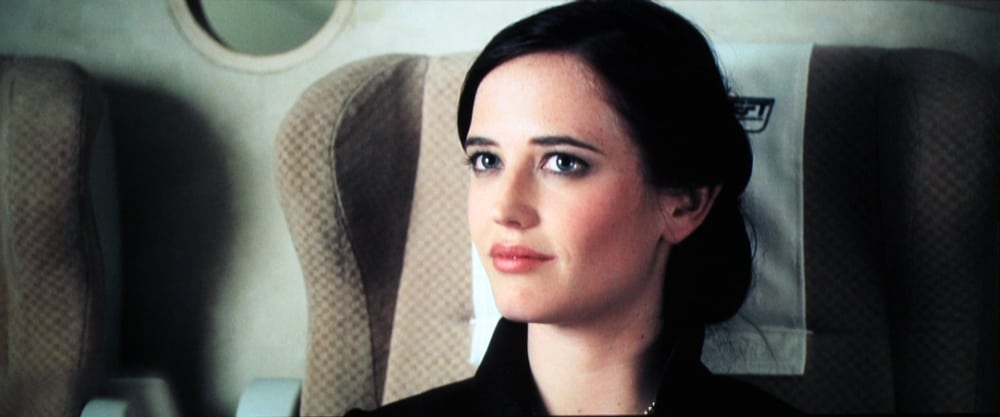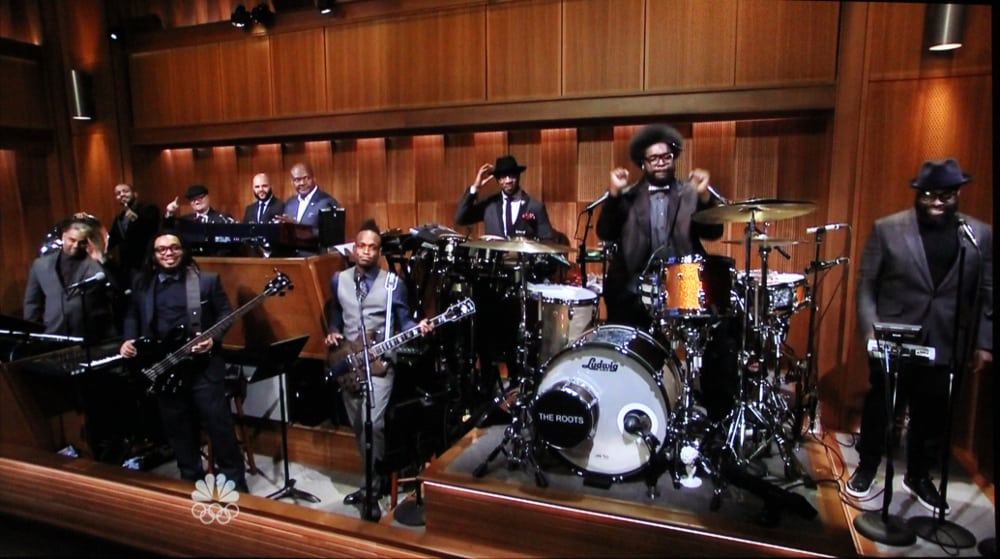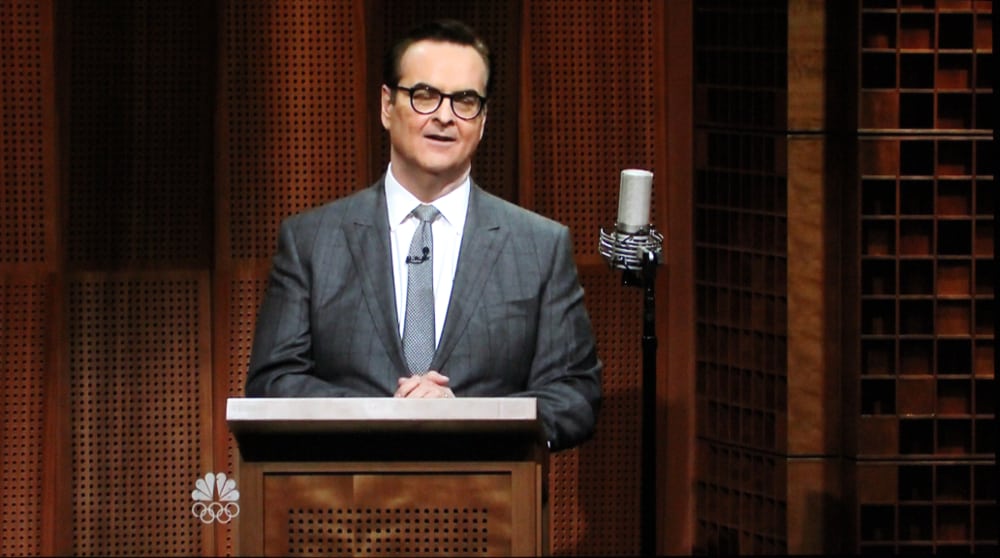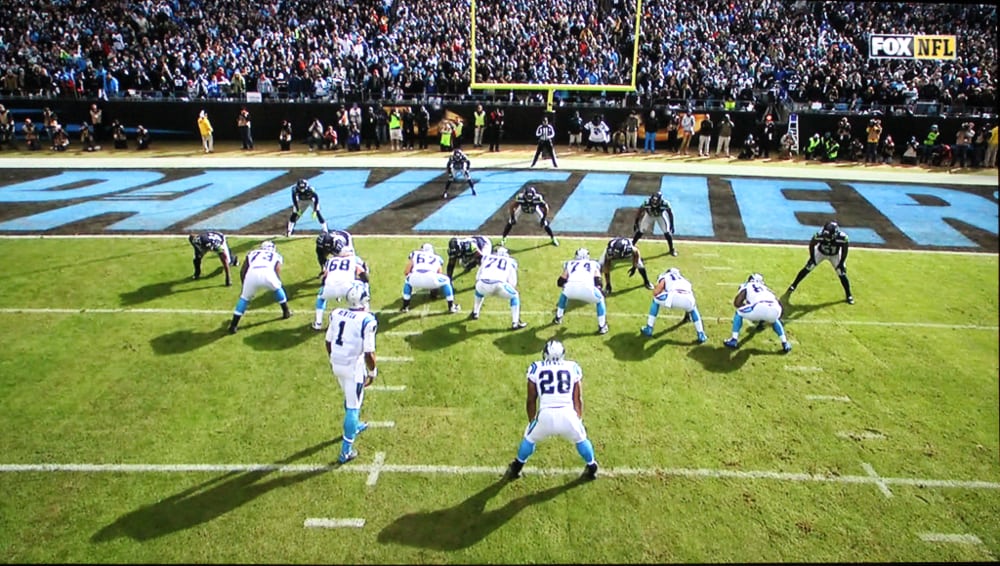Picture Quality Summary
NOTE: See the May 2016 update to this review that addresses the 4K/UHD performance - HERE
The JVC DLA-RS600U, and the virtually identiical X950R, offer some vary good out of the box picture modes. Many users will probably start off using THX mode, which produces natural colors with the out-of-the-box settings while Nature picture mode also looked very good and a little brighter than THX. In fact, the out-of-the-box performance was as good as some other projectors offer once they have been calibrated. So very good performance from this JVC model indeed.
Black Level performance is the one area that does set the JVC projectors apart from the competition and the RS600U being the flagship model is the prime example. Fortunately for the competition, some of the more expensive Sonys (i.e., VPL-VW6xx and VW1100) and the Epson LS10000 (and LS9600e), can come pretty close, as does JVC’s less expensive entry level models (e.g., last year's RS4910 and its siblings and probably this year's RS400U). Still, the RS600U's world class dynamic range and black levels are probably its most outstanding picture quality characteristic.
The other aspect that is critical at this level of performance is perceived sharpness. While neither this JVC nor the Epson LS10000 projectors can match the native sharpness of the more expensive 4K Sony projectors, they can appear pretty close. JVC has improved the projector's pixel shifting performance with a new generation of their e-Shift function, now called e-Shift4. With native 4K/UHD content the image appears very sharp and very close to what's possible with a native 4K display. With 1080p content the JVC can optionally use pixel shifting to upscale the image to 4K pixel density, but this does change the look of the image that some people may perceive as being less sharp than viewing the same video in straight 1080p mode (i.e., with e-Shift4 turned off). The RS600U has some new image enhancement tools that I found, if used in moderation, could really bring out certain image details without adding objectionable noise or outlining artifacts to the image. Of course, no upscaled 1080p content can ever give you true 4K levels of image sharpness/resolution, even with a native 4K display/projector, but for me the RS600U does a good job handling 1080p content with e-Shift4 engaged when used in combination with a very modest level of image enhancements applied.
3D performance has been substantially improved with both increased brightness and now offering what is perhaps the least 3D crosstalk/ghosting from any non-DLP projector.
Features
4K/UHD Support - Comprehensive support for commercial 4K/UHD content is perhaps the biggest feature for this new generation of JVC projectors, including the RS600U. This has been enabled via 4 updates and additions over last year's JVC models.
- HDMI 2.0a w/HDCP 2.2 Inputs. This is the required input capability necessary to fully support Ultra HD Blu-ray discs as well as some current and perhaps all future 4K/UHD streaming video services. Last year's JVC projectors simply will not be compatible with these leading sources for native 4K/UHD video while these new new 2016 JVC models are.
- Support for Wide Color Gamut (WCG). WCG is another enhancement that's coming with many/most 4K/UHD sources, including just about all movies that are going to be released on Ultra HD Blu-ray. The RS500U and RS600U models include an internal color correction filter to allows these models to reproduce the DCI-P3 color gamut, as used in commercial digital cinemas.
- Support for up to 12-bit depth. This applies all the way from the inputs, thru the projector's video processing and with the projector's DiLA (LCoS) display chips. Today's best 4K/UHD sources are using 10-bit depth, but 12-bit depth may be in coming in the future (e.g., DolbyVision(TM) uses 12-bit depth for their version of HDR).
- High Dynamic Range (HDR). JVC says their new projectors support HDR, but exactly how any projector is going to handle the consumer video sources that offer HDR is still a big question. The standards for HDR used in commercial cinemas are closer to what is appropriate, or achievable, in a projector-based home theater. However, the consumer version of HDR content is being created assuming it will be displayed on a very bright, HDR capable, flat panel display that is perhaps 10 times as bright as what you would expect to achieve (or want to) in a fully light controlled home theater environment. Until we have access to HDR content, such as from Ultra HD Blu-ray discs, it will not be possible to say if these JVC projectors can offer a HDR configuration that is actually viable for displaying consumer HDR content.
Zoom Lens: The RS600U has a wide 2:1 zoom ratio (actually just slightly wider that 2:1) and with a fairly wide adjustment range for vertical and horizontal lens shift. This makes for good mounting flexibility for the projector's location.
Lens Memory: The current JVC projectors, including the RS600U, supports lens memory that works well for those home theater installations that are using a wide aspect ratio 'scope' screen. The RS600U can quickly change the lens focus, zoom and shift to go between the different aspect ratios that you have stored in the projector's lens memory.
DiLA Display Micro-Display Panels: JVC version of LCoS micro-display panels are certainly the king of native contrast and dynamic range for projectors.
Hand-Picked Parts: The $3000 price difference (at MSRP) between the RS500U and the RS600U gets you a projector with certain of the more critical parts within the projector (e.g., the DiLA micro displays) that have been hand picked to use only the ones that perform the best. That doesn't necessarily mean that JVC does any additional quality control testing on the finished projector (at least they haven't said they do). The RS600U's premium price also gets you two additional years of factory warranty. In fact, I don't recall anyone other than JVC offering a 5 year standard factory warranty for any of their home theater projectors.
Electronic Panel Alignment: JVC offers an electronic panel alignment feature similar to that found on Sony and Epson projectors. The RS600U review unit had close to perfect alignment out of the box so electronic corrections were not needed. Based on postings by several owners of new RS500U and RS600U projectors, these projectors generally appear to have very good-to-excellent factory mechanical alignment lessening the need for an electronic alignment. This is a good thing since any electronic alignment can reduce image resolution if significant alignment corrections are necessary.
Brightness
The 2016 JVC home theater projector offers a much brighter picture than previous generations of JVC home theater projectors. In fact, when we reviewed last year's flagship model (i.e., DLA-RS67U, RS6710U, X900R) it measured about 940 lumens is in brightest calibrated mode. That was with the projector operating in high lamp mode, with the lens iris fully open and with the zoom lens at its mid-throw point. By comparison with the RS600U, I measured 1587 lumens under these same conditions and even when operated in low lamp mode and with the manual iris stopped down to a -6 setting, I was able to get 960 lumens after calibration (i.e., just a little more that the previous generation's brightest calibrated mode).
This year's increase in light output from these JVC projectors now puts them in the same range as the Sony VPL-VW1100's 1514 measured lumens after calibration (link HERE) and the Sony VPL-VW600's 1584 lumens after calibration (link HERE). All of the above projectors with a new lamp offer a few hundred more lumens than the Epson LS10000, but that projector's laser light source is expected to offer much more stable light output over time while the JVC (and Sony) projectors, using conventional UHP lamps, will dim as the lamp ages (but the lumens can be restored with a new lamp).
Value
The subject of Value for your money is really subjective. If you’ve worked your way through most of this review, you probably have a good handle on what this projector has to offer. Another factor to consider is the "street price" and not just the MSRP when comparing projectors. The JVC RS-series projectors are available from on-line retailers frequently for well under the MSRP. By shopping around, including from some of the dealers that advertise on our site, you will probably find the RS600U for well under the retail price.
The Epson LS10000 is part of their Pro Cinema series that is only sold by installing dealers and is not normally available from on-line sources, so don't expect much discount from its $7999 MSRP. Also the Sony VPL-VW365, VW665 and VW1100 projectors fall under what Sony calls their SURE program which limits Sony authorized dealer's ability to offer discounts off of MSRP. The result is the street price at which you can actually purchase a RS600U is probably similar to the price you will pay for an Epson LS10000, similar to $2K less than for a Sony VW365 (depending if Sony is offering a special on this model), $6K to $7.5K less than for a Sony VW665 and up to $20K less than you might pay for a Sony VW1100.
So what projector is the greatest competitor to the RS600U, well for most potential buyers, that will probably be JVC's own DLA-RS500U. The RS500U is the same projector, but without the parts being hand selected for optimum performance and with a shorter 3 year warranty (2 years shorter than for the RS600U). The RS500U has a retail price of $6995 and you should be able to find it for well under that price at some JVC on-line dealers.
Now having used it for a couple of weeks, I can say the RS600U is a great projector. Last year in Art's review JVC's prior flagship model, RS6710, he called it a:
"..purists projector – one for the hard core enthusiast with a serious budget. Although there are brighter projectors, if you don’t need that extra oomph, it’s hard to think that there’s a better basic 1080p projector to consider. If that’s what you are looking for, and the rest – including 3D viewing, and handling 4K material is not an issue for you, then go for it. Those black levels just make this JVC a cut above on standard content."
For the new RS600U it appears to me that JVC has addressed many of the concerns that Art had with those prior models. First it has greatly improved brightness, much improved 3D performance both in terms of brightness and in much lower 3D crosstalk/ghosting, a price that is $3K lower than last year's model, and much improved 4K/UHD support along with improved pixel shifting and image enhancement performance.
I would have to say that in comparison to Sony's projector line up, the VPL-VW665 will probably be the closest Sony competitor, but it has a 50% higher MSRP and perhaps up to a 75% to nearly 100% higher "street price" than the RS600U. The VW665 (which replaces the VW600 that we previously reviewed) has native 4K resolution, while the RS600U has better native contrast and dynamic range as well as support for DCI-P3 wider color gamut, that's not supported by the VW665.
Price-wise ("street price") the Epson LS10000 should compete directly against the RS600U. Both use pixel shifting to produce "4K-lite" images and both support DCI-P3 color gamut. The Epson uses a stable, long-life laser light source while the JVC uses a conventional UHP lamp, that when new allows the RS600U to put out a few hundred more lumens than the LS10000, but will dim more quickly. While the Epson has good native contrast and dynamic range that's similar to JVC's entry level projectors, the RS600U certainly it a notch better. The RS600U offers some level of support for UHD High Dynamic Range while the LS10000 does not. Last year in a side-by-side comparison of the Epson LS10000 with a last generation JVC RS6710, Art observed the Epson delivered a sharper upscaled image from 1080p content when using each projector's pixel shifting and image enhancement processing. The new RS600U includes a next generation version of e-shift (now called e-Shift4) as well as improved image processing /enhancement tools. For its part Espon has released firmware updates to the LS10000 intended to improve its pixel shifting performance. No side-by-side comparison was possible for my review of the RS600U, but I suspect JVC has made up significant ground for 1080p upscaling performance against the SL10000.
The Bottom Line
There are alternatives out there, but the JVC DLA-RS600U is a projector with an elegant picture, black level performance unmatched, and it has all the amenities such as a 2:1 zoom, lens memory, excellent brightness, the best 3D performance I have yet seen from a non-DLP projector and more. And don’t forget – an unusually long five year warranty. For watching 1080p content in native 1080p mode, this is a state-of-the-art projector. For 1080p content upscaled to 4K, or pseudo 4K, there may perhaps be a 2 or 3 other projectors that will do a little better job, but I didn't have the opportunity to do any side-by-side comparisons. From what I have seen so far the RS600U does an excellent when displaying native 4K/UHD content. Mind you this is not a native 4K resolution projector, but in terms of image sharpness it comes very close to what you would see from a native 4K projector. These JVC pixel shifting projectors effectively offer 4 Mpixel of resolution which is twice that of a regular 1080p projector but half the 8 Mpixels of a native 4K model.
Pros:
- Unmatched black level performance and dynamic range
- Excellent brightness
- Very good colors pre-calibration and Excellent colors post calibration
- Extensive color and picture controls
- Pixel shifting for improved perceived sharpness and detail
- Support for 4K/UHD sources including Ultra HD Blu-ray disc
- 5 year warranty (RS6710U only)
- 2:1 zoom and lens memory
- Excellent remote control
- Panel Alignment system
- Reasonably quiet at full power, very quiet in low lamp mode
- Outstanding 1080p 2D and 3D performance
- Very good to excellent 4K/UHD performance*
Con’s
- Limited number of inputs
- Some units appear to have issues with bright corners
- No low lag time gaming mode offered
- Limited gamma calibration adjustments available without use of an external PC
- Slow to complete the transition when switching input signal types (e.g., 1080p to 4K) with up to 18 seconds of black screen displayed
* based on the limited testing so far (see the section below)
More to Come
Normally with our reviews the bottom line section would conclude the review. However, for the RS600U there are a number 4K/UHD features that I was not able to realistically evaluate due to a lack of a quality 4K/UHD sources and content that would more fully take advantage of the new UHD related capabilities (e.g., increased bit depth, Wide Color Gamut, HDR). With Ultra HD Blu-ray players and discs arriving by March 1, 2015 (about 5 weeks from when this review was being completed), it is my intent to offer an update to this review once I have had an opportunity to evaluate the projector's capabilities with Ultra HD Blu-ray discs as the video source, as this is expected to be the most capable 4K/UHD consumer video source. I would expect to post that update in the latter half of March.
Now for a disclaimer. I liked the RS600U so much that I've purchased it. It's now mounted to the ceiling in my home theater. So after I've had time to live with it over the next couple of months, I'll include in my planed update any further thoughts that I may have, or discoveries that I have made, since this initial review.













